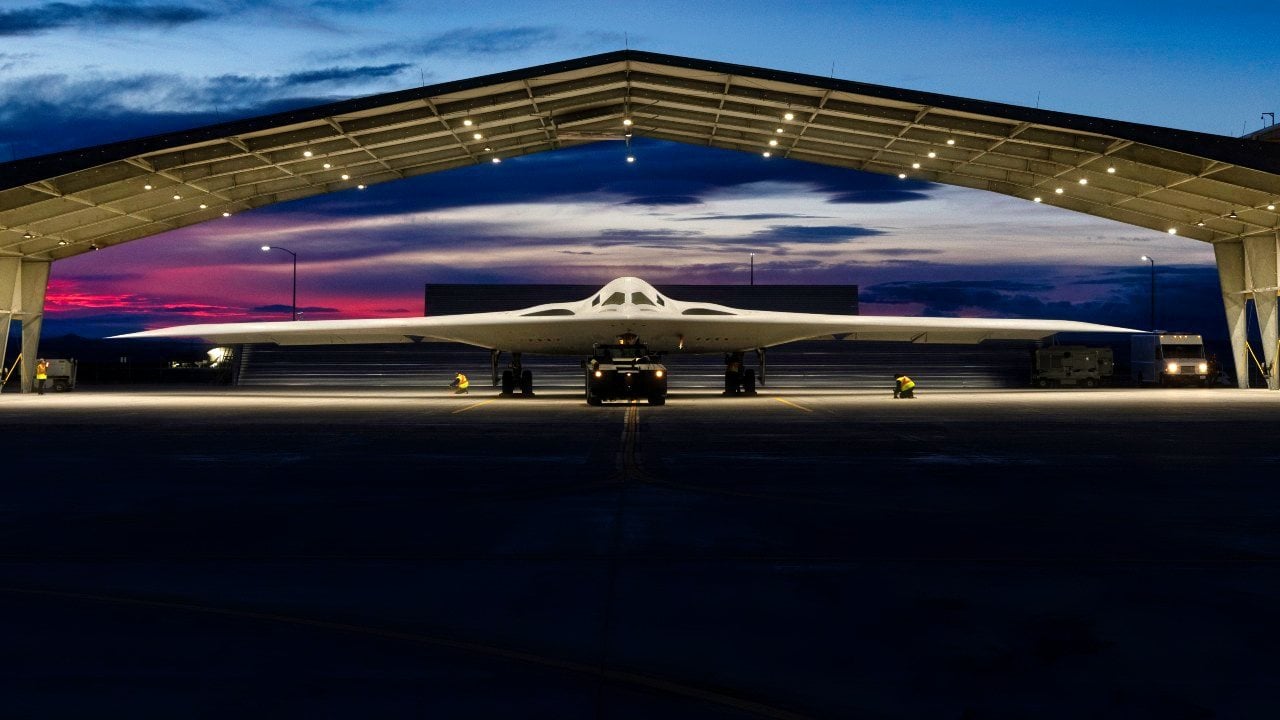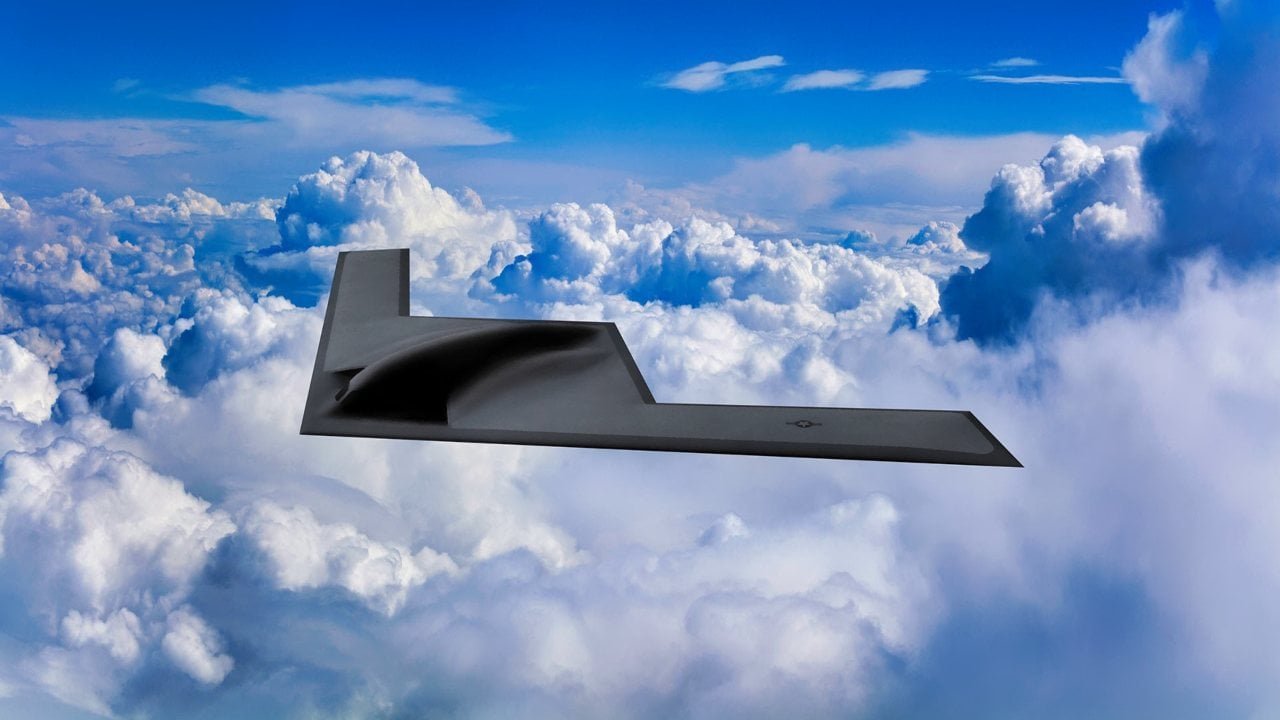What You Need to Know: The U.S. Air Force faces significant challenges in procuring its desired number of B-21 Raider stealth bombers, with estimates suggesting only 10-15 units may be operational by the mid-2040s.

-While the B-21 is a critical upgrade to America’s long-range bomber fleet, replacing aging B-2 Spirits, financial constraints and inefficiencies within the Pentagon’s acquisitions process hinder mass production.
-The Air Force originally sought 300 B-21s but has scaled back expectations to 150, though even this is seen as overly optimistic.
Without prioritizing programs like the B-21 over costly ventures such as NGAD, the U.S. risks falling short of its strategic airpower needs.
The Air Force Will Be Lucky to Get 10-15 B-21 Raiders By the End of the 2030s
The United States Air Force is desperately working to enhance their long-range strategic bomber fleet. Both the B-52 Stratofortress and the B-2 Spirit long-range stealth bombers are getting significant upgrades. In the case of the former, the B-52J is being built to replace aging B-52s today.
The B-2 Spirits, on the other hand, are planned to be replaced entirely by the new B-21 Raider. Indeed, the Raider is a superior bird that will greatly enhance America’s long-range strategic bombing capabilities.
The only problem is the likelihood the B-21 will be built in any meaningful number is low. Sure, the Air Force celebrated the fact that its low-rate production has already seen decreases in the price for producing these birds.
But the decrease, while significant for a Pentagon program, is not so significant that it will make the B-21 an easy machine to mass produce.
Understanding the Acquisitions Crisis
This isn’t a new phenomenon. When the B-2 Spirits were first introduced decades ago, the Air Force had wanted 132 planes to be produced. That number was reduced by former President George H.W. Bush to 75. By the end of his term in office, though, the number of B-2 Spirits was capped off at a meager 20 planes.

Today, the Air Force is struggling to maintain 19 of these bombers—and the Pentagon is desperate to replace them with the B-21.
Just as with the B-2, though, the Air Force believes it needs an astonishing 300 units of these incredible machines. They’re probably correct in that assessment, given the way stealth detection capabilities among the militaries of America’s adversaries has progressed. American forces—even its stealth planes—must prepare for higher-than-usual attrition rates when, and if, a great power war erupts.
So, having 19 older B-2 Spirits as the only reliable long-range stealth bombers is hardly going to cut it.
Then again, the US military is facing a budgetary crisis. Already, the Pentagon was forced to admit that it failedits seventh audit. This, at a time when the Pentagon is collecting more tax dollars per year than it has since the heady days of the Cold War.
And those resources, despite being immense, are being spread all over the place, diluting the US military’s readiness (remember Frederick the Great’s admonishment of “He who defends everything, defends nothing). So, the Pentagon—notably the technical services—are cash-strapped at a time when they’re in more demand than they’ve ever been.
Oh, and don’t forget that, because the US military generally relies on increasingly expensive and complex systems, the country’s sclerotic defense industrial base is struggling to keep up with demand. Which, of course, brings us back to the matter of the B-21. Everyone, even the proponents of the B-21 program, recognize that there’s no way that the Air Force will ever get its desired 300 units. The Air Force has conceded that they’d settle for about 150 units of these birds over the next decade or so.
A Sobering Reality for the Pentagon’s Acquisitions Arm
Even that number, however, is absurd. Once more, we must look to the B-2 Spirit program as a portent of how the B-21 Raider program will eventuate. In other words, the Air Force cannot expect to spend gobs of money that it doesn’t really have, all to build a handful—maybe 10-15 units—of B-21 Raiders, by the early-to-mid 2040s.
Just to be clear: the Air Force believes it will have a large number of units ready by the end of the 2030s (around 100). This is a Pollyanna-ish view of the current procurement predicament the Pentagon finds itself in, for sure.
As readers of this site know, this author believes fully that the B-21 is an important investment that is critical to securing future US national security. However, the Air Force needs to learn to start prioritizing these things. It cannot be blowing its money on fantastical programs, like the Next-Generation Air Dominance (NGAD), for example, while trying to accomplish the herculean task of building a reliable fleet of costly B-21s. Not when costs and inefficiencies at the Pentagon are through-the-roof.
Until real reform of the Pentagon’s acquisitions process occurs, and R&D programs are given a proper ranking in terms of priority (and funding), America will never have the long-range bomber fleet it requires to survive-and-thrive in the dynamic threat environment it now finds itself in.
About the Author:
Brandon J. Weichert, a National Interest national security analyst, is a former Congressional staffer and geopolitical analyst who is a contributor at The Washington Times, the Asia Times, and The-Pipeline. He is the author of Winning Space: How America Remains a Superpower, Biohacked: China’s Race to Control Life, and The Shadow War: Iran’s Quest for Supremacy. His next book, A Disaster of Our Own Making: How the West Lost Ukraine, is available for purchase wherever books are sold. Weichert can be followed via Twitter @WeTheBrandon.
Image Credit: Creative Commons.
